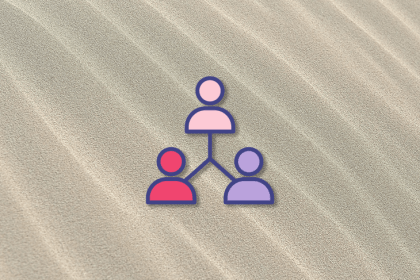
Conversion funnel mapping is an effective method for identifying the strengths and weaknesses of your product. To truly unleash its potential, you need to adjust your funnel based on the insights you uncover along the way.
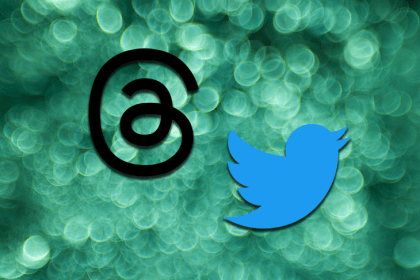
This past Wednesday, Meta released Threads, a Twitter-like service that allows the more than three billion Instagram users to sign up.

Without issue management, your organization will have a tough time mitigating risks — both big and small — as well as managing necessary changes.

A tiger team consists of a group of experts from various fields who collaborate together to solve a specific, pertinent, or prioritized problem.
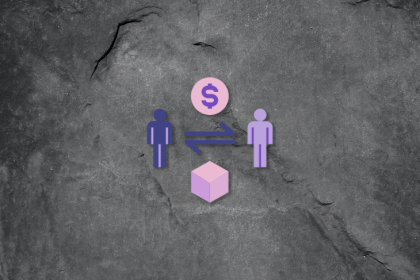
The optimal pricing model is when the price increases or decreases corresponding to the value the user receives from the product.

In this guide, we’ll define what acceptance criteria are, how to write them effectively for your user stories, the role of acceptance criteria in agile methodologies, and more.

Digital experience monitoring is a tool that helps identify issues with the user experience and offers solutions.

BDD is a model where collaboration among the designers, builders, and testers is always at the forefront.
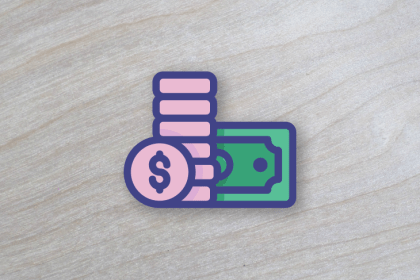
Max-diff surveys can assist you in crafting superior pricing strategies by addressing the most vital pricing question: what should you even charge for?

A well-executed digital transformation strategy does more than simply boost your profits; it prepares your organization for sustainable growth.

User engagement — sometimes also referred to as product engagement — is a way to measure how actively your users interact with your product/application at a granular level.
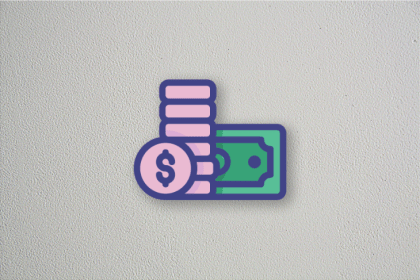
A monetization model shows how you capture value from your customers and what tradeoffs you make while doing so.